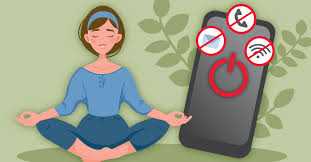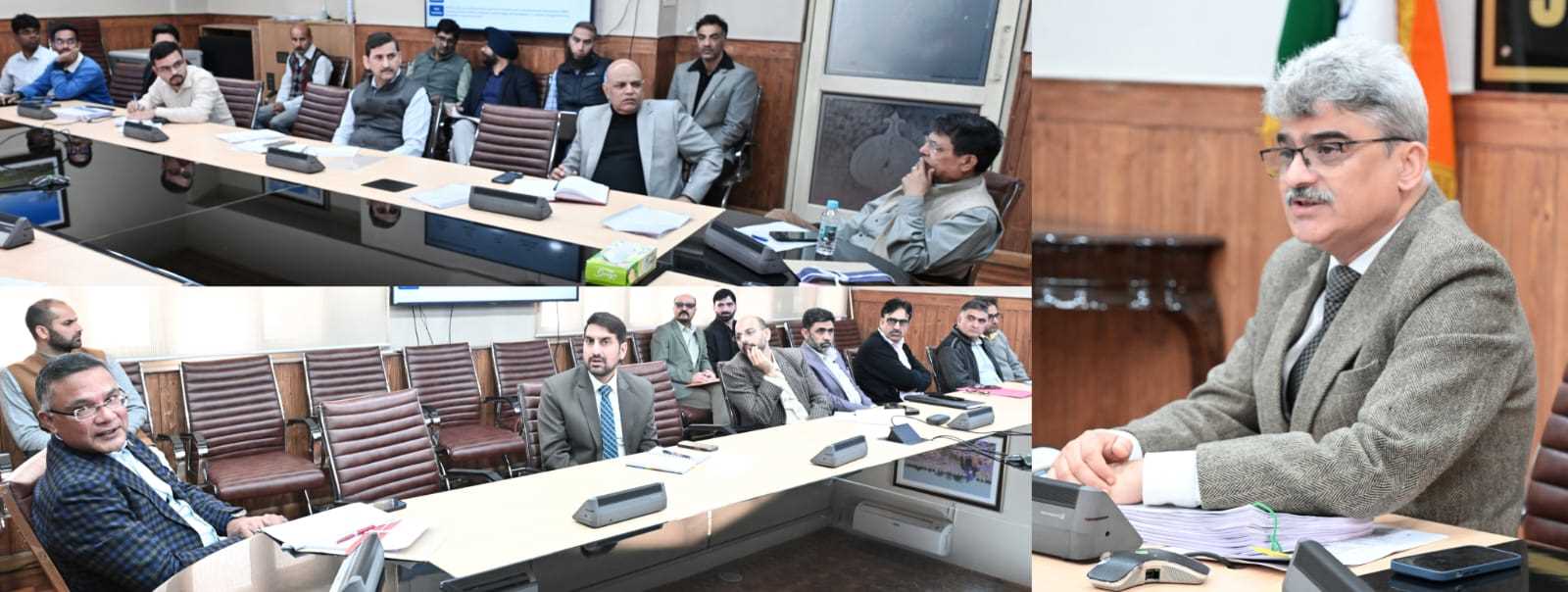Technology has become a prominent part of our lives, leaving us questioning whether we control our gadgets or they control us. Every morning, the first thing we do when we wake up is check our phones, and when it's time to sleep, we drift off while scrolling through our screens. Excessive screen time has blurred the lines between day and night, making it difficult to keep track of time. The old Hutch slogan, "Wherever you go, our network follows," seems particularly relevant today - but now, it's us who are following our phones everywhere, regardless of the situation or etiquette. Whether it's a meeting, dinner table, classroom or other social setting, our phones seem to be always within reach. We're living in a digital space where digitization of education and ICT in education are key topics. Students and teachers are using mobile phones, laptops, and tablets all the time, and screens are becoming an integral part of learning. However, the question remains: how do we handle screen time effectively?
Screen time refers to the time spent looking at a screen where something is happening. It's a heterogeneous concept because there are various devices, such as smartphones, tablets, laptops, computers, televisions, gaming consoles, and other handheld devices, that can play different types of content. Broadly speaking, there are two categories of screen time: active and passive screen time. Active screen time is where we actively engage with the content, whereas passive screen time involves watching a screen without interacting with the content. Nowadays, our media houses follow the mantra "If it bleeds, it leads," meaning that the most traumatic story would lead the newscast, even if it wasn't the most relevant to viewers. This is especially true in the age of round-the-clock reporting on TV, online, and social media. Usually, we spend time on screens for two things: learning and recreation. The former can be considered educational screen time where we learn via online mode, while the latter is often associated with playing computer games and watching videos etc.
Nowadays, screen time is no longer a problem confined to one age group; it affects all age groups due to a progressive increase in screen time across the board. The amount of time we spend using screens today is indeed more than we used to, perhaps even just two or three years ago. We are living in a digital age where it is now impossible to live without screen time. Now, the responsibility lies with us to determine how much is too much, i.e., how much time we should spend on screens. We've become victims of digital diarrhea, where we put everything on social media platforms and keep checking who's viewed, liked, and commented on our content. There is a concept that comes to our rescue - digital detox. Digital detox means a person or individual stays disconnected from devices or social media for a defined duration.
If we don't detach ourselves from smartphones we will face many psychological disorders like nomophobia or NO MObile PHone PhoBIA-is when a person experiences fear or anxiety about not having mobile phone connectivity. It can lead to agitation, changes in breathing, and other symptoms. Another one is Phubbing which refers to being absorbed in one's smartphone while in the presence of others and neglecting interpersonal communication. Last but not the least is Fear of Losing Out (FoLO) or more commonly known as Fear of missing out (FoMO) is a pervasive apprehension that others might be having rewarding experiences from which one is absent. Needless to say, nowadays, cringe content has affected us in such a way that we spend hours without noticing the time, and algorithms favour cringe content because it generates high engagement. Gone are the days when beggars used to beg with their hands out; these days, digital beggars ask for likes, shares, and comments. Content creators often exploit emotional triggers, using tactics like "share with everyone" appeals to boost engagement, even if it means sensationalizing or manipulating tragic content. Generally, there's one mantra that can help us reduce screen time: 'Embrace the Good and avoid the bad in the digital age.' Content is generated at a speed we never imagined, and content creators try to engage us using different tactics, but the onus lies on us to decide what to watch and what to deny.
The American Academy of Child and Adolescent Psychiatry has recommended screen time guidelines based on age (Table 1). It's not necessary to use screens for the recommended amount of time; in fact, using them for as little time as possible is better. According to these guidelines, children under 18 months should have no screen time. However, I've noticed that many parents resort to handing over their phones to soothe their crying children. Mobile phones have become new toys for toddlers. I recently witnessed this firsthand on a bus ride, where a mother played YouTube videos for her baby, and to my embarrassment, a cringe-worthy video played repeatedly. As parents, we need to recognize our role in shaping our children's screen use habits. Instead of relying on screens, we can explore other ways to calm and engage our kids. As parents, we must not only guide our children in the digital world (cyber parenting) but also reflect on our own screen use habits to ensure we're modeling healthy behavior. When we, as parents, spend excessive time on screens, how can we effectively guide our children? The activity level of parents indeed affects the activity level of our kids. There are several signs that can help us identify digital overload. Some common indicators include: not being able to leave home without your phone, feeling compelled to check your phone constantly without a specific reason, eating with your phone on the table, feeling anxious or depressed after using social media, obsessing over sending or receiving texts or posting comments, and fearing that you're missing out.
Aim for 2 hours or less of recreational screen time use per weekday. Focus on maintaining healthy limits and making time for other important activities like physical activity and sleep.
Technology is one of the greatest inventions of humankind. It is seen that technology has its pros as well as cons. It only depends on how we use it our lives. If used judiciously, it’s a boon; otherwise, it’s a bane. Finland's decision to transition from digital tools back to traditional textbooks is a notable example that opens our eyes to the impact of screen time. After providing students with free digital devices, they're now focusing on improving academic performance by reducing distractions and promoting effective learning, with support from parents, teachers, and neuropsychologists. If we're truly committed to prioritizing our well-being, implementing a digital detox requires some thoughtful strategies. Setting boundaries around our screen time is a good starting point, so we can establish times and places where devices aren't allowed. Monitoring our usage helps us stay aware of our habits and identify areas for improvement. Setting limits on our screen time can also be helpful, whether it's a specific amount of time per day or certain times of the day when we're not allowed to check our devices. Engaging with others in person can be a great way to reduce our reliance on screens, and creating tech-free zones in our homes or workplaces can help us stay on track. By incorporating these habits into our daily lives, we can start to break free from the cycle of digital overload and cultivate a healthier relationship with technology.
Email:-------------------mohdasifjan@gmail.com











